ERS COVID-19 Guidelines for Plethysmography
According to a recent statement from the European Respiratory Society (ERS), “Lung function tests (LFTs) often generate aerosols in the form of droplets… LFTs therefore pose a considerable risk for the spread of infection to individuals and surrounding surfaces within and around the test areas even in asymptomatic patients.”
So what does this mean about using a Body Box?
Disinfection
The ERS explicitly states that lung volumes & DLCO can be performed in a Body Box only “if droplet contamination can be contained, and local national guidelines support this.” Is it realistic to be able to contain droplets in a Body Box? We’re not sure.
Long downtime between patients
The ERS statement emphasizes that enough time needs to be allowed between patients for cleaning/decontamination of testing equipment, recalibration, and 15+ minutes of room ventilation. For a body box, they estimate that this will take between 30 to 60 minutes. That’s a lot of downtime.
Cabinless plethysmography with the MiniBox+ is safe with minimal downtime
Because it’s a cabinless device, there’s no issue of droplet contamination with the MiniBox+, and disinfection is easily accomplished in just a few minutes by an exterior wipedown.
Also – since the MiniBox+ self-calibrates after each test, there’s no need to re-calibrate manually.
Lastly – it’s portable. After wiping down the exterior, the MiniBox+ can be easily moved into another room for testing the next patient while the previous room is ventilated for 15+ minutes. In other words – there’s pretty much no downtime between patients.
Here’s a summary of the implications of the ERS Group 9.1 Guidelines for Plethysmography:
| Category | Body Box | MiniBox+ |
| Lung Volumes & DLCO | May be performed ONLY “if droplet contamination can be contained, and local national guidelines support this.” |
|
| Expected downtime between patients | 30-60 minutes for post-test cleaning/decontamination procedure, including device re-calibration and 15+ min for room ventilation. |
|
In other words, cabinless plethysmography with the MiniBox+:
- Is compliant with all ERS Group 9.1 safety recommendations for COVID-19
- Has minimal downtime between patients





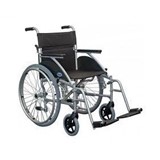

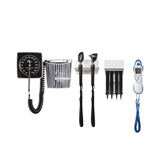
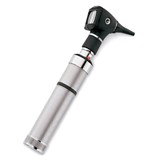


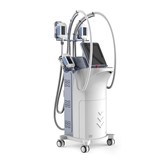
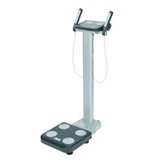
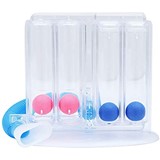
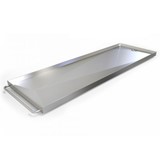
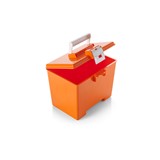
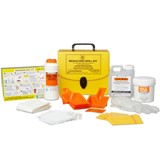














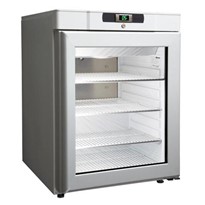
-205x205.jpg)


